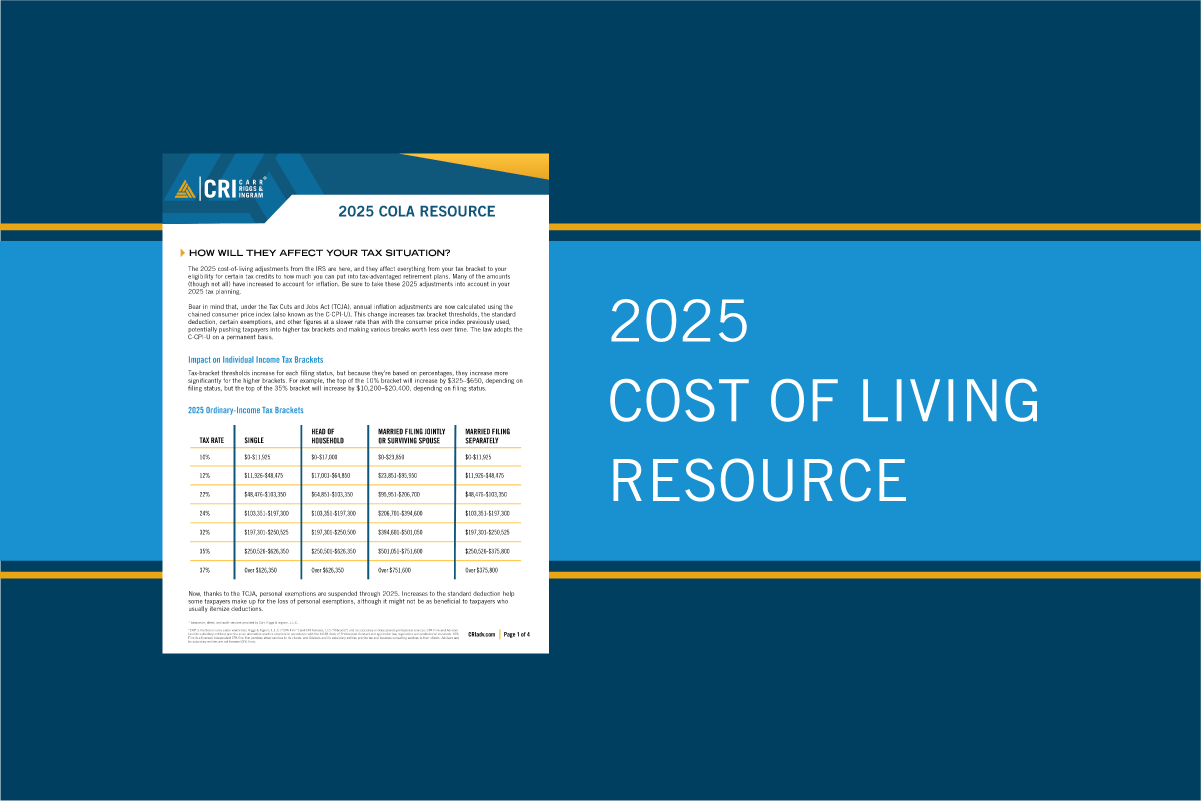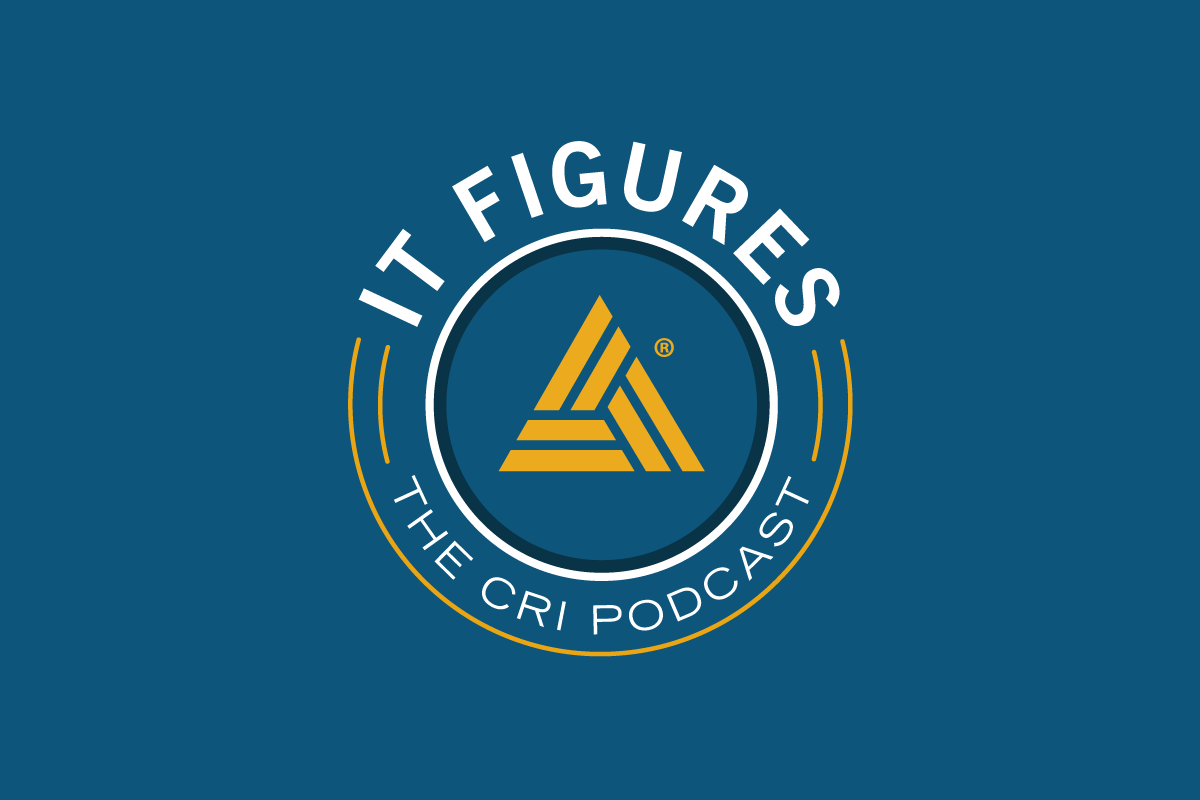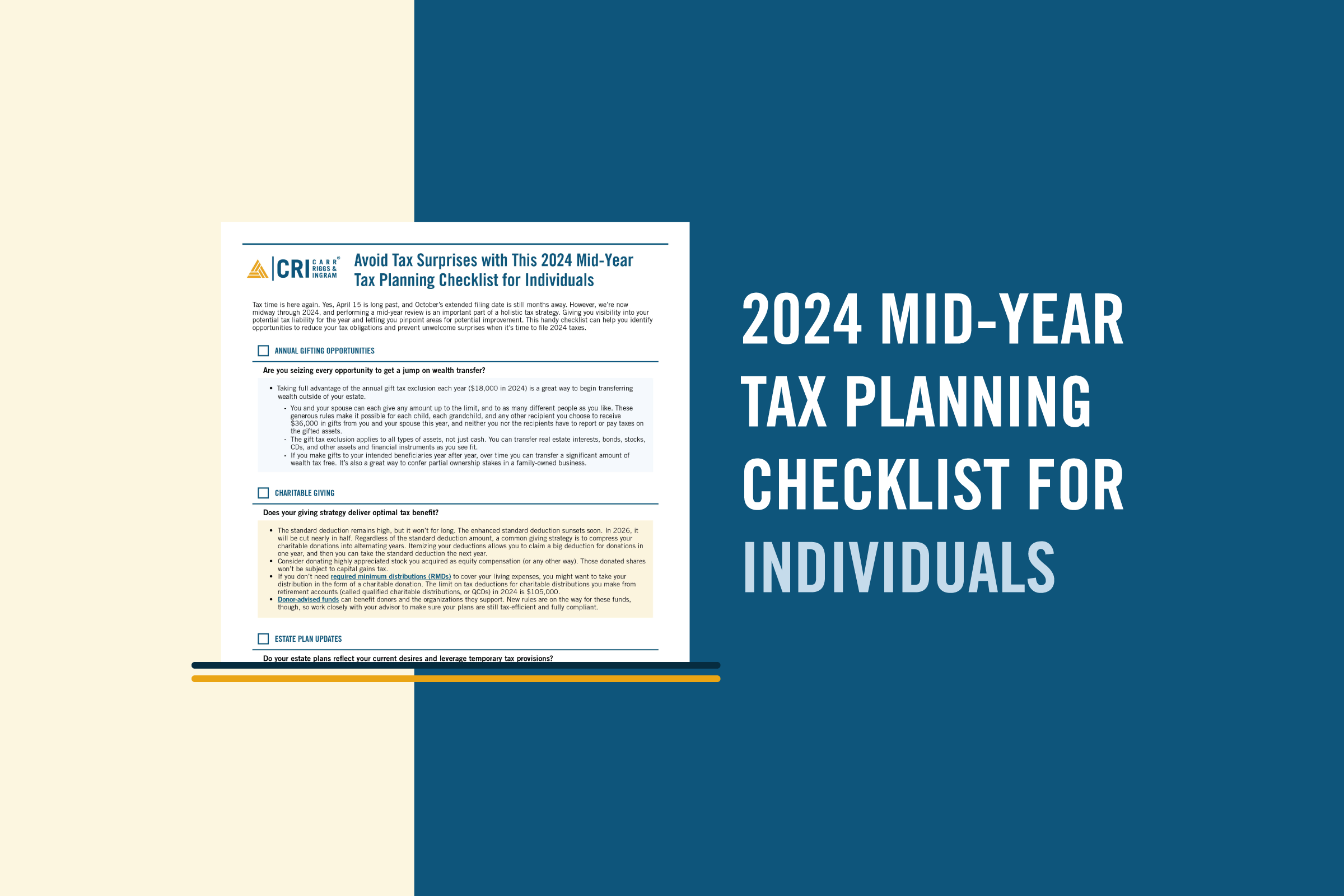Tribal Governments: Creating a Culture of Fraud Prevention
- Contributor
- Alan D. Bowers, Jr.
Apr 17, 2023
What would be the impact if an employee of your tribal government stole from your tribe?
The financial losses can add up to hundreds of thousands of dollars. In 2,110 cases of occupational fraud (frauds committed by individuals against the organizations that employ them) investigated by the Association of Certified Fraud Examiners (ACFE) in 2020 and 2021, the median loss per fraud case was $117,000.
Those financial losses can become much more significant, especially when fraud goes undetected for many months or years. But even more devastating, fraud can cause lasting damage to your tribe’s heritage.
The latest ACFE report does hold some good news: On average, organizations are catching fraudsters more quickly and experiencing smaller losses. Over the past decade, the typical fraud scheme has shortened by one-third (from 18 months to 12 months), and median losses have decreased by 16% (from $140,000 to $117,000).
Tribal Government Fraud Risks
Despite this positive trend, fraud risk should be high on the list of concerns for tribal organizations. For one thing, smaller organizations tend to suffer higher median losses. In the ACFE study, the median fraud loss for organizations with less than 100 employees was $150,000. In contrast, organizations with 100 to 10,000 employees had a median loss of $100,000, and the largest organizations lost a median of $138,000.
Then there is the impact of COVID-19, which disproportionately affects American Indian and Alaska Native individuals. ACFE’s fraud examiners flagged several pandemic-related factors contributing to frauds they are investigating, including organizational staffing changes, operational process changes, and a shift to remote work.
These pandemic-related disruptions have resulted in tribes falling behind on tasks such as recording and reconciling accounting records and completing required compliance audits*. Unfortunately, such delays can create an environment where fraud goes undetected for months or even years. And when employees believe no one is “watching the till,” the opportunity to commit fraud can be all too tempting.
Here are some of the most common fraudulent acts that occur within tribal organizations:
- Grant mismanagement and misappropriation. If your tribal government is behind on accounting for your grant money, how do you know you spent those funds appropriately? Within that pile of unreconciled receipts could be hidden mountains of inappropriate or wasteful spending.
- Fraudulent medical billing. Billing schemes are the most common form of asset misappropriation. Tribal medical centers present plenty of opportunities for fraud — from falsifying a medical bill to overcharging for services or even miscoding a procedure to bill Medicare or Medicaid fraudulently.
- Overbilling, bid rigging, or kickbacks. Construction projects are another notoriously rich source of potential misdeeds. For example, an employee could work with a contractor to rig the bidding process so that the preferred vendor wins the contract. The employee typically receives a generous kickback in return.
Antifraud Internal Controls
How can you reduce the risk of fraud? Most important, encourage a culture of openness and communication. Make sure everyone in your tribal organization knows their responsibilities, and make sure they’re meeting those expectations. If they’re not, sit down with them for an in-person conversation. Fraud prevention comes down to trust, and it’s harder to develop trust through a computer screen.
Organizations that develop robust systems of internal controls are more likely to prevent fraud or detect it before the scheme can cause much damage. One of the best antifraud internal controls is awareness among employees that someone is paying attention, so make sure you have a reporting mechanism in place that everyone knows about. Tips are the most common way fraud schemes are detected, and organizations with reporting mechanisms catch frauds faster and experience lower losses.
Consider providing multiple ways for whistleblowers to report suspected fraud. The old-fashioned telephone hotline still brings in 27% of fraud tips, but one-third of fraud tips are reported through a web-based or online form, and 40% come in by email. Regardless of which reporting mechanisms you use, train employees on how and when to use them. Reports of fraud are more likely to be submitted when the organization offers fraud awareness training.
Internal audit is the second most common way fraud is detected. The median loss in organizations with an internal audit department is lower ($100,000) than in those organizations without one ($150,000). Organizations that conduct surprise audits see an even lower median loss ($75,000). If your organization can’t find a qualified internal auditor, consider outsourcing or co-sourcing the internal audit function.
Conduct a Fraud Risk Assessment
If you’re not sure where to start, it’s best to take a step back and honestly assess your tribal organization’s most significant fraud risks. Too often, people think they inherently know where their risks lie, and they put in place controls that they believe offer protection against those risks. But organizations undertaking an objective fraud risk assessment often find ways to use their limited resources to better protect their most valuable assets, bringing them invaluable peace of mind.
Fraud can happen to any organization — but you shouldn’t accept that it’s inevitable. A culture of constant vigilance and a system of internal controls can reduce the risk and severity of a potential fraud scheme.
Is your tribal organization ready to get serious about fraud prevention and detection? Reach out to your CRI advisor whether you need help assessing fraud risk, implementing or improving internal controls, conducting antifraud training, or performing internal audits.
























































































































































































































































































































































































































































































